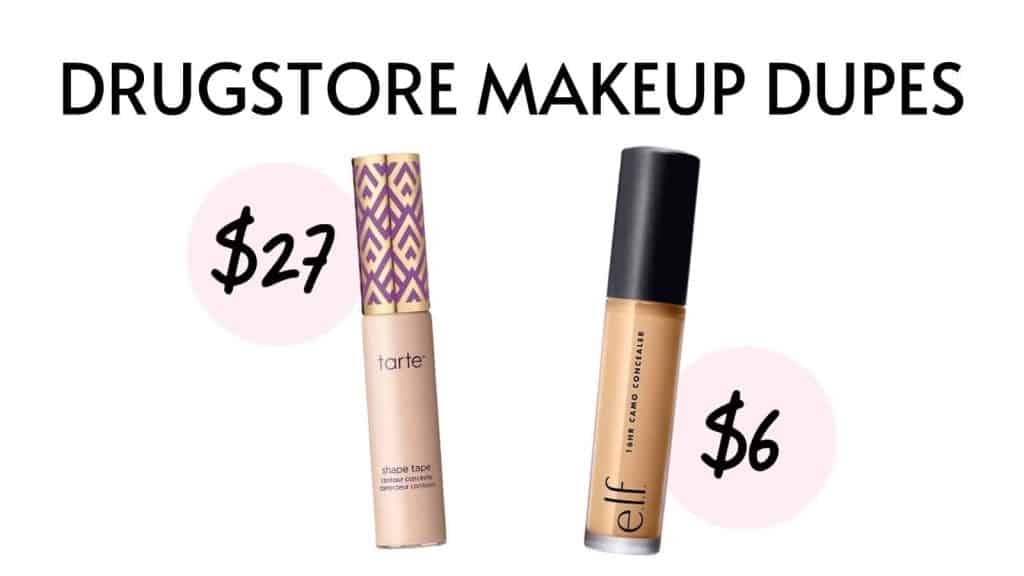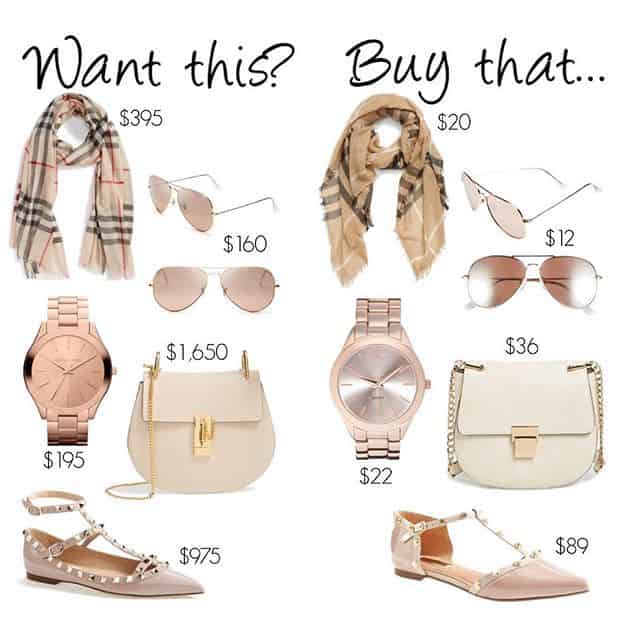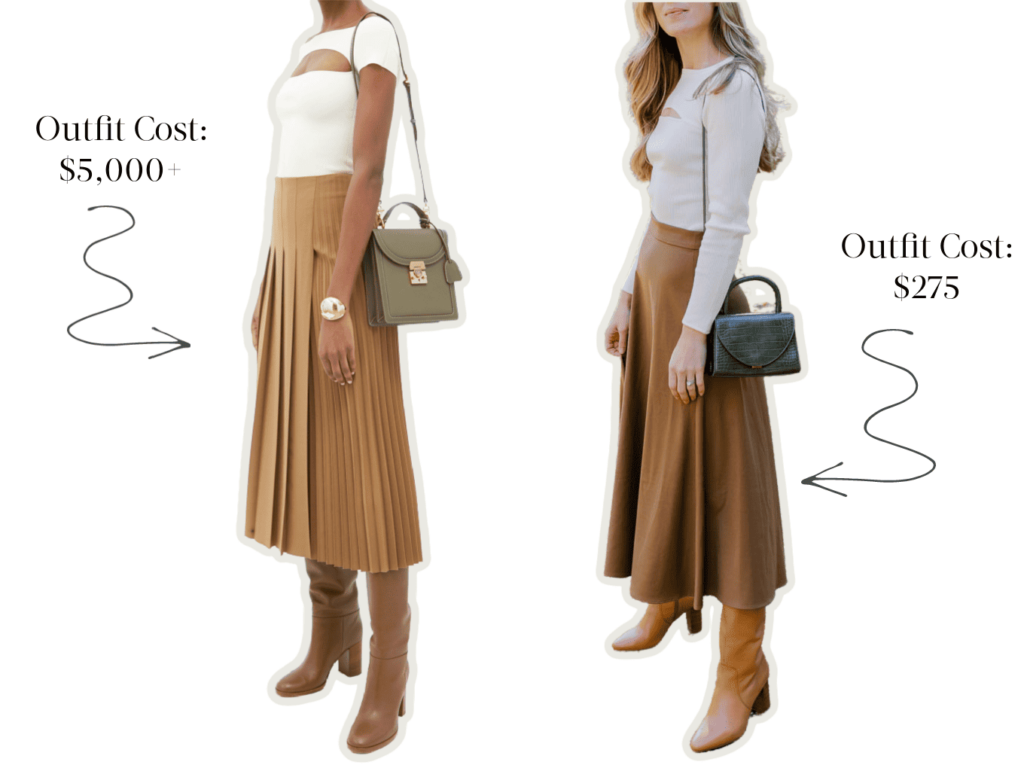‘Dupes’ is the most recent trend to take over the short-form video platform TikTok, which is a well-liked medium for fashion trends. The acronym, which stands for duplicates, is used by Generation Z to refer to cheaper imitations of more costly goods. Over 2.7 billion people have already seen the hashtag #dupe.
Dupe culture is not a brand-new phenomenon because fast-fashion corporations frequently seek high-end clothing manufacturers and utilize their designs to “inspire” clothing in more reasonably priced collections. Nowadays, when a certain product or brand becomes popular, dupes attempt to duplicate it for a much lower cost in the most identical form possible.
Some people have argued that the prevalence of beauty dupes is unacceptable, while others do not perceive any damage. Despite this, a lot of people still use dupes to cut costs and stay current with fashion. While some businesses have begun to provide more economical solutions, others have concentrated on raising the caliber and safety of their products.
The discussion around knockoffs sheds insight into the nuanced interplay between ethics, affordability, and beauty in contemporary consumer society. Consumers should make decisions that are in line with their beliefs and interests by being informed. And we will help you to do just that. So if you have wondered, “Is it safe to buy dupes?” the answer to all your questions is here.
What Is A Dupe and Is It Safe?
Dupes are products that have characteristics or resemblances with designer goods but don’t explicitly imitate their logos or other distinctive aspects. Search keywords like “Bottega Veneta Pouch Dupe,” “Charlotte Tilbury Dupe,” and “MAC Strobe Cream Dupe” are all always trending on the search engine whenever a well-known fashion business releases a new, popular design. A dupe is an item that resembles or shares characteristics with a high-end product but doesn’t brazenly replicate its trademarked features.

While some individuals are feverishly searching for them to voice their displeasure with how poorly made/replicated these dupes are compared to the originals, buyers are wasting no time considering spending enormous sums of money after the originals. Fashion and beauty bloggers compare the two better and offer suggestions that may or may not be mixed with opportunities to earn a fee.
Dupes Vs. Counterfeits
Dupes are products with characteristics or features of luxury goods but don’t imitate logos or other aspects protected by trademarks. Dupes are frequently offered legally at well-known retail locations. Ingredient lists and bag designs are often not subject to trademark protection; thus, as long as the imitation lacks branding, it is acceptable.
A counterfeit product is one that uses trademarked logos and features to pass itself off as a genuine one. It’s probably a fake if it appears exactly like the designer version, but it only costs a fraction of the price. Legal laws prohibit counterfeiting. Because they are so expensive, fake designer goods are frequently ignored. However, they may have negative effects, such as child labor, sweatshops, and unethical working conditions.
So Is It Safe To Buy Dupes?
Although dupes don’t violate trademark rules, the majority of them appear to be copying the original as closely as they can without being sued, which is not what a “mindful buyer” would want to do. To make up for the cheaper pricing, fast fashion replicas of the original design are infamous for using dubious materials and production techniques.
This goes against the principles of sustainability because they are less reliable, offer less cost-per-wear benefits, and are not as exclusive as the genuine thing. Purchasing low-cost duplicates is counterproductive to sustainability since they are less reliable, more likely to wind up in waste sites, and offer negligible cost-per-wear benefits.

If the underlying recipe is top-notch, makeup and skincare dupes can be taken into consideration, but not all dupes are made equal. They could not perform as well as the original product or have dangerous substances. Additionally, they could be created by businesses that use immoral methods, such as animal research or worker abuse.
Due to their packaging and claims differing from those of the original product, certain cosmetics and skincare products are unintentional dupes; yet, because of their comparable finish and color, they are labeled as such.
Pre-owned is growing in popularity because it has customer-focused and eco-friendly features. However, even pre-owned originals can be expensive, so purchasers might not feel comfortable doing so. Customers-focused services like the “Buy Back Programme” are offered by high-end resellers like Fashionphile.
Dupes are a grey area; some are reasonably priced and purposefully created, while others break moral laws and are more attractive than the original. There will undoubtedly be a steady stream of lookalikes as long as there are exorbitant handbags, automobiles, or personal care items made by premium companies. When purchasing a dupe, purchasers must make a value determination.

Final Verdict
Because of the growth of social media and influencer culture, the demand for dupes is not going away any time soon. While some contend that purchasing knockoffs is immoral and promotes a culture of counterfeiting, others view it as a cost-effective method to enjoy fashion.
The choice to purchase knockoffs is ultimately a personal one that is based on personal priorities and beliefs.
Most importantly, you feel good about your personal fashion choices. Fashion ought to be enjoyable and expressive rather than a source of anxiety or shame.
Wear that designer knockoff if it makes you happy, but do it ethically and with an understanding of the possible effects it may have on the business. Let us know your stance on the matter. Your visit is very much appreciated.
